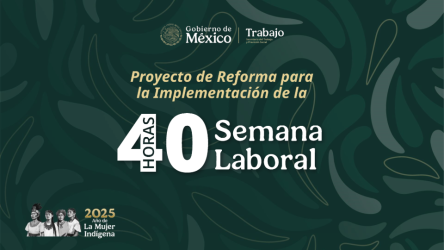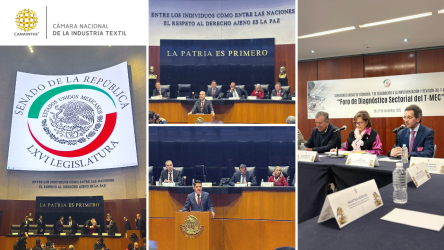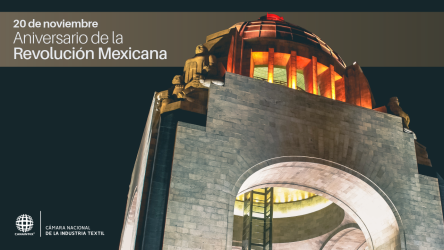The Washington Post, Economy, Heather Long
The U.S. unemployment rate jumped to 14.7 percent in April, the highest level since the Great Depression, as most businesses shut down or severely curtailed operations to try and limit the spread of the deadly coronavirus.
The jobless rate was pushed higher because 20.5 million people lost their jobs last month, the Labor Department said Friday, wiping out a decade of job gains in a single month. The staggering losses are roughly double what the nation experienced during the 2007-09 crisis, which used to be described as the harshest economic contraction most people ever endured. Now that has been quickly dwarfed by the fallout from the global pandemic.
During March and April, President Trump and numerous state and local leaders moved to put the economy in a deep freeze in an effort to minimize exposure to the virus. This led businesses to suddenly shed millions of workers at a rapid rate. Analysts warn it could take many years to return to the 3.5 percent unemployment rate the nation experienced in February.
Trump, though, claimed in a Fox News interview Friday that there would be a quick rebound.
“Those jobs will all be back, and they’ll be back very soon,” Trump said.
Governors are now debating when to re-open parts of their state economies. They are weighing the health costs and the economic toll, a harrowing choice, analysts say. There’s hope that re-opening quickly will get people back to work, but the job losses are so large that it’s unlikely many will be able to return, especially with many businesses operating at partial capacity.
“This is pretty scary,” said Lindsey Piegza, chief economist at Stifel. “I’m fearful many of these jobs are not going to come back and we are going to have an unemployment rate well into 2021 of near 10 percent.”
Job losses began in the hospitality sector, which shed 7.7 million jobs in April, but other industries were also heavily impacted. Retail lost 2.1 million jobs and manufacturing lost 1.3 million jobs. White-collar and government jobs that typically prove resilient during downturns were also slashed, with firms shedding 2.1 million jobs. and state and local governments losing nearly a million. More state and local government jobs could be slashed in the coming weeks as officials deal with severe budget shortfalls.
Even though the April unemployment figure was horrific by most accounts, economists say the official government rate almost certainly underestimates the extent of the job losses. The Labor Department said the unemployment rate would have been about 20 percent if workers who said they were absent from work for “other reasons” had been classified as unemployed or furloughed.
What’s clear so far is that Hispanics, African-Americans and low-wage workers in restaurants and retail have been the hardest hit by the job crisis. Many of these workers were already living paycheck-to-paycheck and had the least cushion before the pandemic hit.
“Low-wage workers are experiencing their own Great Depression right now,” said Ahu Yildirmaz, co-head of the ADP Research Institute, which focuses on the job and wage trends.
The unemployment rate in April jumped to a record 18.9 percent for Hispanics, 16.7 percent for African-Americans and 14.2 percent for whites.
Women’s unemployment was nearly three points higher than men’s unemployment, another disparity that largely reflects the prevalence of women in hard hit hospitality and retail jobs.
While many highly educated white collar workers have been able to do their jobs from home, low-wages workers don’t have that luxury. In April, the unemployment rate soared to 21.2 percent for people with less than a high school degree, surpassing the previous all-time high set in the aftermath of the Great Recession.
While Congress has approved nearly $3 trillion in aid, it’s been slow to arrive for many. Millions are still battling outdated websites and jammed phone lines to try to get unemployment aid and a relief check. Economists are urging Congress to act now to ensure aid does not end this summer when the unemployment rate is still likely to be at historic levels.
“This unemployment rate should be a real kick in the pants — and maybe even the face,” said economist Claudia Sahm, a former Federal Reserve staffer and expert on recessions. “Congress has to stay the course on aid until more people are back at work.”
There’s a growing consensus that the economy is not going to bounce back quickly like Trump wants, even as more businesses re-open this month. Many restaurants, gyms, and other firms are only able to operate at limited capacities, and customers are proving to be slow to return as they are fearful of venturing out. Many businesses also won’t survive. All of this means the economy is going to need far fewer workers for months — or possibly years — to come.
“We’re not going to go sharply down and sharply up. We went sharply down and we’ll go gradually up,” Thomas Barkin, president of the Federal Reserve Bank of Richmond, said Thursday.
Many businesses initially did temporary layoffs because executives believed the shutdowns would be short-lived. About 18 million of the unemployed in April said their layoff was temporary, according to the Labor Department data, versus only about 2 million who said their job loss was permanent. But the permanent layoffs are expected to escalate as time goes on. The Labor Department surveyed workers in mid-April.
“This is a catastrophe. When things go over a cliff, they usually they don’t recover quickly,” said Danny Blanchflower, an economics professor at Dartmouth.
Andrew Van Dam contributed to this report.
Link a la fuente original




